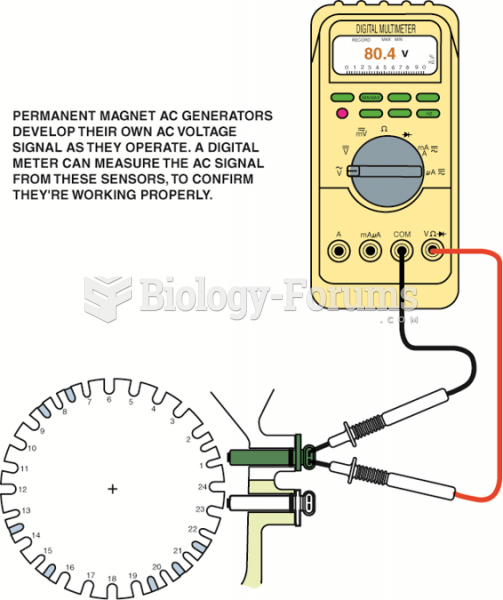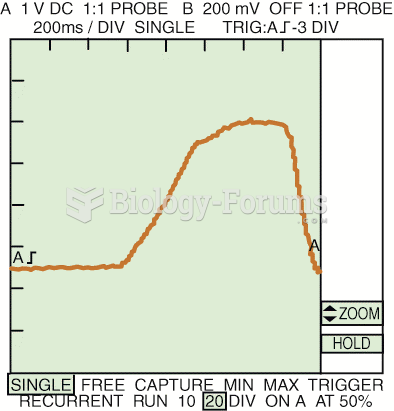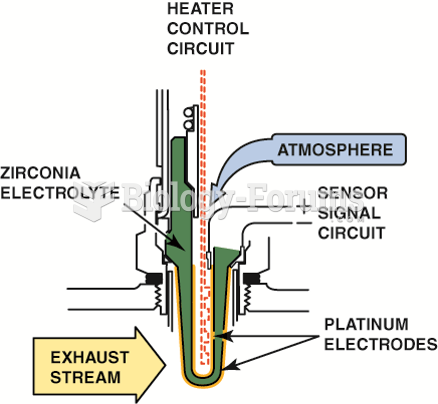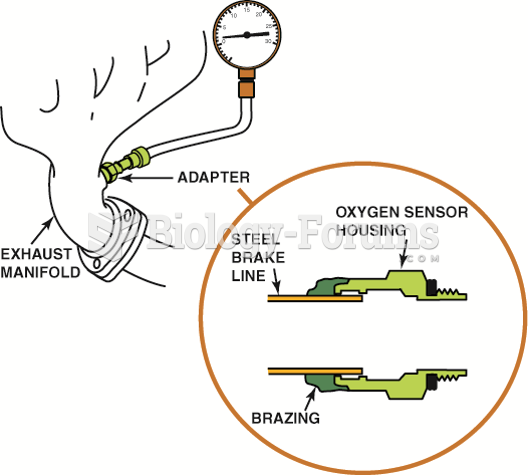This topic contains a solution. Click here to go to the answer
|
|
|
Did you know?
According to the Migraine Research Foundation, migraines are the third most prevalent illness in the world. Women are most affected (18%), followed by children of both sexes (10%), and men (6%).
Did you know?
About 600,000 particles of skin are shed every hour by each human. If you live to age 70 years, you have shed 105 pounds of dead skin.
Did you know?
Medication errors are more common among seriously ill patients than with those with minor conditions.
Did you know?
By definition, when a medication is administered intravenously, its bioavailability is 100%.
Did you know?
The familiar sounds of your heart are made by the heart's valves as they open and close.







